Meta's smart glasses journey has hit an inflection point, where the promise of augmented reality runs into the blunt edge of consumer expectations. The Meta Ray-Ban collaboration has been called the most successful AI hardware product in the past three years and was a major focus of Meta Connect's keynote. Under the hype and the sales charts sits a more complicated tale of ambition meeting physics.
The numbers are loud. Meta has sold over 2 million pairs, with sales tripling in Q2 2025 alone. Mark Zuckerberg's prediction that people without AI glasses will face “a pretty significant cognitive disadvantage” set off cheers and eye-rolls in equal measure. Do these devices deliver on that promise, or are we watching bold tech run into everyday reality?
The hardware evolution: impressive specs meet real-world constraints
The jump from first to second-generation Ray-Ban Meta glasses is real progress. The second generation delivers double the battery life, from 4 to 8 hours per charge, and upgrades the camera to 12MP with 3K resolution recording. The price increase from $299 to $379 tracks with those upgrades and with Meta's confidence that people will buy.
Then there is the moonshot model, the Ray-Ban Display glasses at $799. Promises, meet physics. They pack a 600x600 pixel display with 5,000 nits brightness into the right lens and use an EMG neural wristband to read muscle signals for control. Privacy looks solid, with less than 2% light leakage. Comfort, less so. The frame weighs 69 grams compared to 49 grams for the audio-only version, and you feel that over a day. Users also report that the display can be slightly blurry, sometimes nudging you to close one eye for clarity.
AI promises versus practical performance
Meta's pitch of “always-on contextual AI” arriving in less than five years sounds like science fiction inching into the present. Turning that into daily utility is the hard part.
There are flashes of magic. Live captioning can focus on specific individuals in noisy environments. The AI can reorganize messy instructions, like recipe steps, into swipeable cards, which feels natural in the moment.
Then reality barges in. During Meta's own Connect keynote, multiple devices briefly activated during a live demo (a mass-activation that Meta described as causing an overload). Moments like that show how graceless the technology can be in the wild. And the non-standard capture aspect (listed as 1440×1920 / portrait format on some models), which needs cropping for widescreen, feels off in a widescreen world.
The wearability challenge: fashion meets function
Meta's partnership with EssilorLuxottica tackles the old smart glasses problem, making them look like something people actually want to wear. The Ray-Ban Wayfarer design hides tech in an iconic frame, not the cyberpunk look that sank earlier attempts. EssilorLuxottica is the world's largest eyewear company and a dominant player in brands and retail, giving Meta strong distribution reach.
But every new feature nudges the look away from “normal.” The Display glasses are noticeably thicker and more rounded than standard Ray-Bans, and the neural wristband adds another device requiring regular charging. Forget one piece, the whole setup stalls. The 6-hour mixed-use battery life is better than older smart glasses, still short of true all-day reliability.
Market positioning and competitive landscape
Meta's strategic investment in EssilorLuxottica, reportedly around 3% equity stake, works like a lock-in, securing premium manufacturing and distribution while making rivals hunt elsewhere. You can see the ripple effects. Google's $100 million investment in Gentle Monster and Apple's work on lighter, more wearable AR glasses show that the other giants see the same opening.
Pricing underscores the land-grab. BofA analyst Justin Post called the Display glasses functional and intuitive, then flagged the $800 price point and limited styles as “early for mass adoption.” Meta's announced $799 launch price (after earlier rumors of higher figures) signals a consumer-focused pricing push.
What the numbers really tell us
Strong sales can hide the friction. Even if teams hit 5 million units by year-end, that is tiny next to smartphones or even premium eyewear. The prescription lens support from -4.00 to +4.00 helps, but cost and complexity for prescriptions still give buyers pause.
Distribution tells the quieter truth. Initial availability is only in-person at select US retailers, with global expansion to Canada, France, Italy, and the UK delayed until early 2026. That measured rollout hints at supply constraints, market testing, and user experience cleanup. It also admits something simple: people want to try these on before buying.
The reality check: where smart glasses stand today
Meta's smart glasses show real tech progress wrapped in oversized promises. The hardware is undeniably better, with cameras, battery life, and a display that would have sounded impossible not long ago. The AI can feel clunky, then unexpectedly useful, little moments that hint at a new way to pull information into our field of view. And partnering with Ray-Ban solves the old wearability problem that buried Google Glass and a dozen lookalikes.
Practical value is already clear in specific lanes. Features like live captioning help with accessibility in noisy spaces. Being able to preview and share content without using your phone is a real perk for creators and heavy social users. Early markets will likely grow from those focused needs, not from a big-bang moment.
The gap between vision and reality is still wide. The tech's gracelessness in unpredictable situations and the distracting nature of heads-up displays trade one set of frictions for another. If these glasses win, it will be by steady steps, not a single leap. They are neither the cognitive supercharger Zuckerberg imagines nor the punchline critics expect. They are a solid step toward truly seamless augmented reality, a reminder that progress is messy, and that the human factors, comfort, social norms, and style will decide whether smart glasses become the next smartphone or stay a pricey niche.




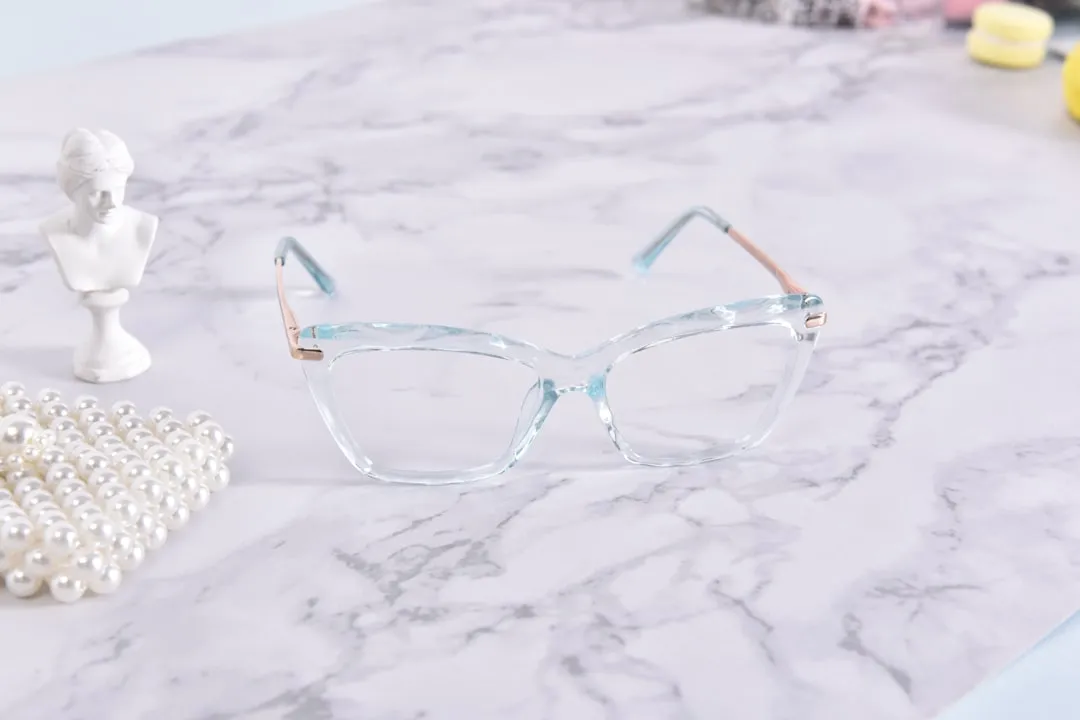





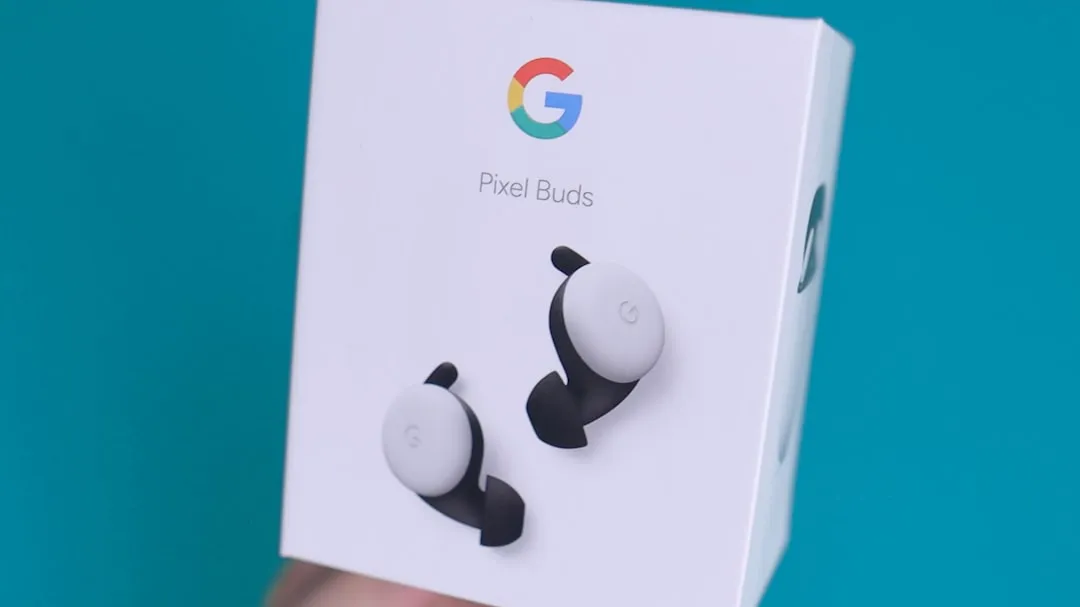


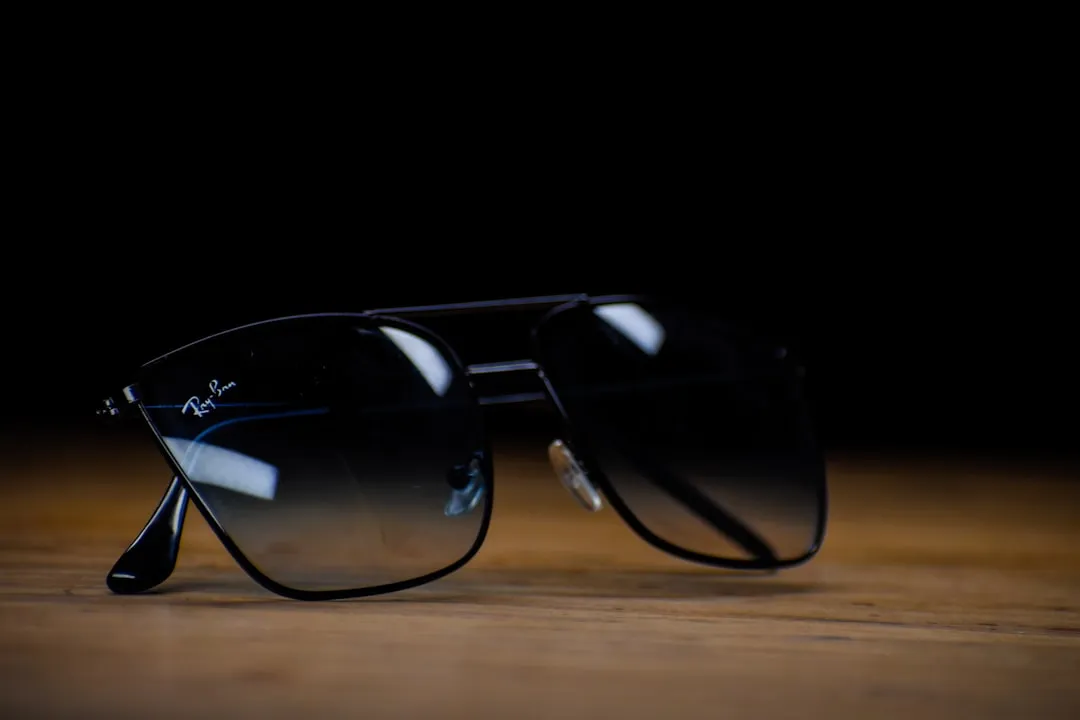
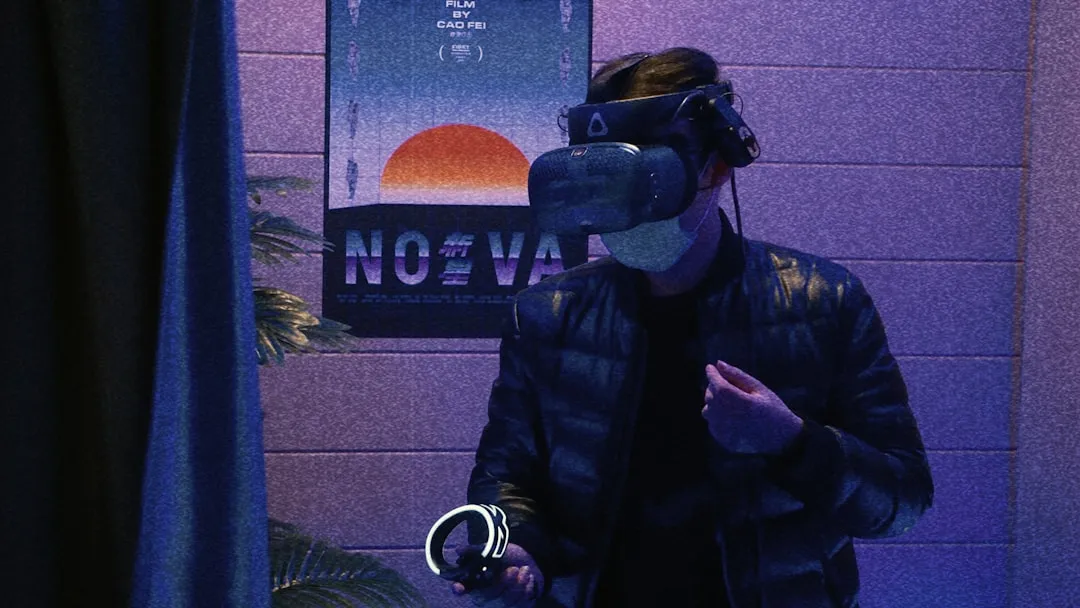
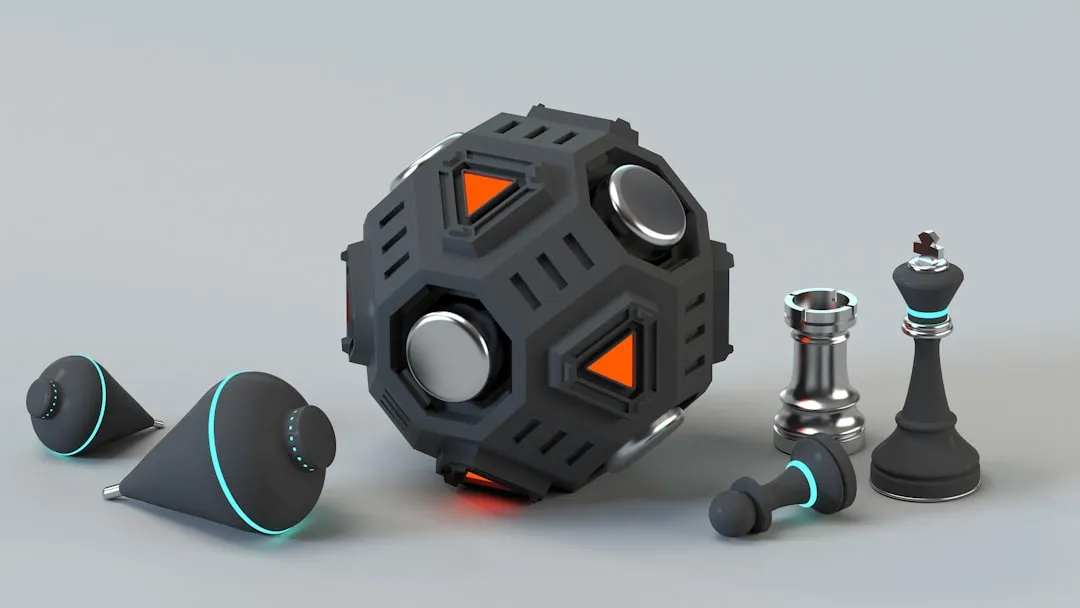
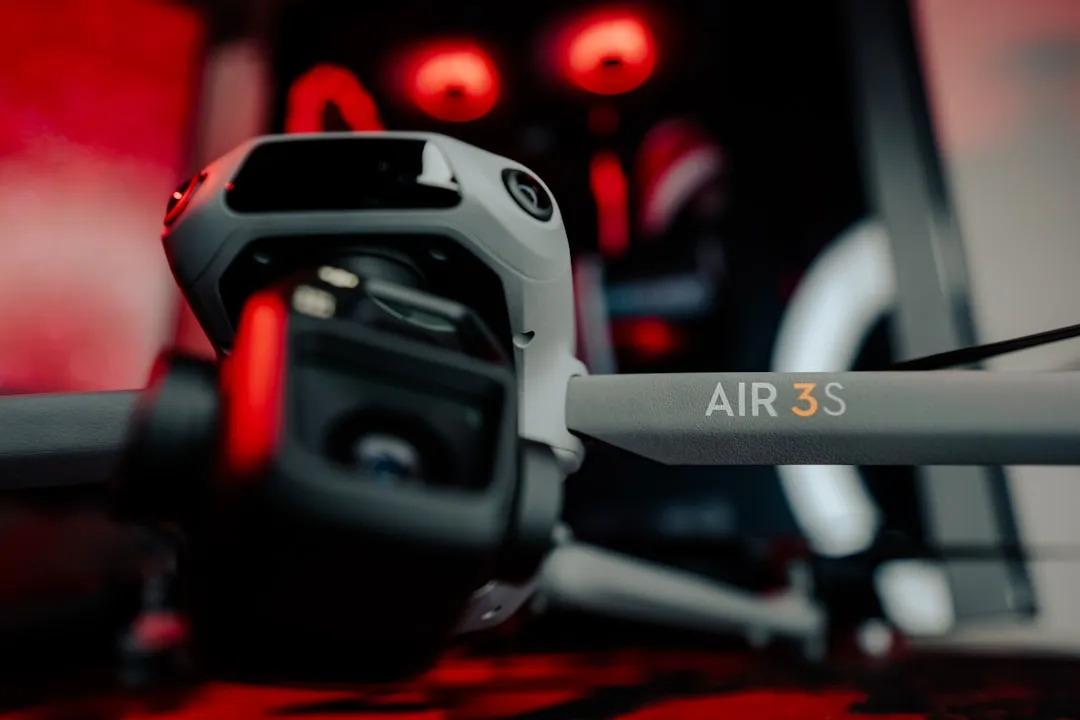
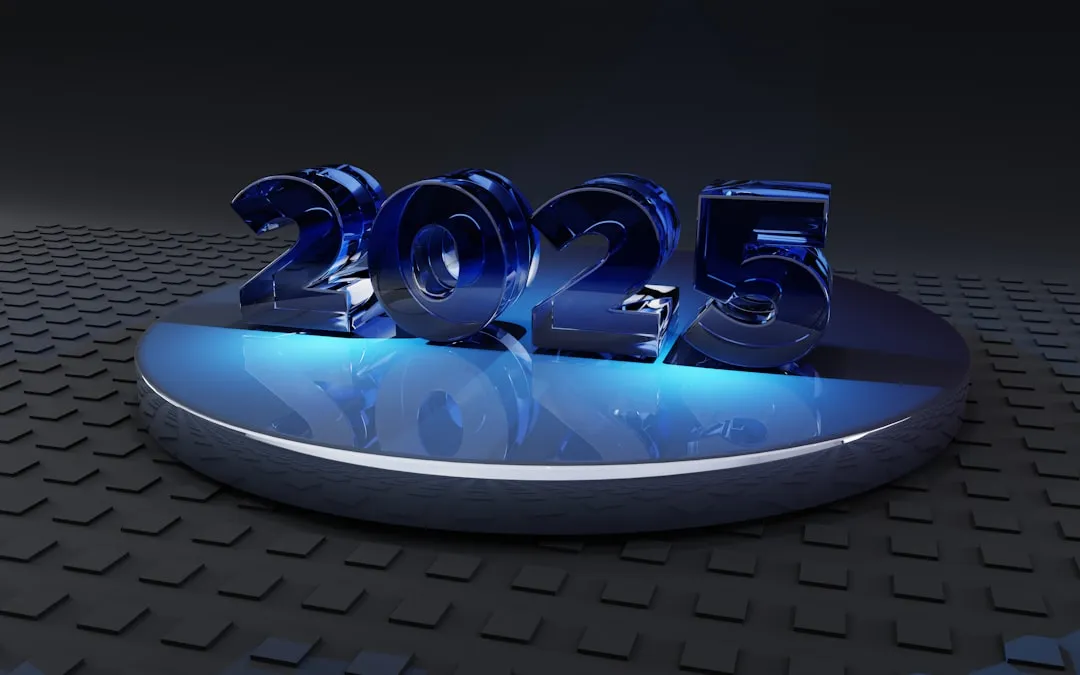
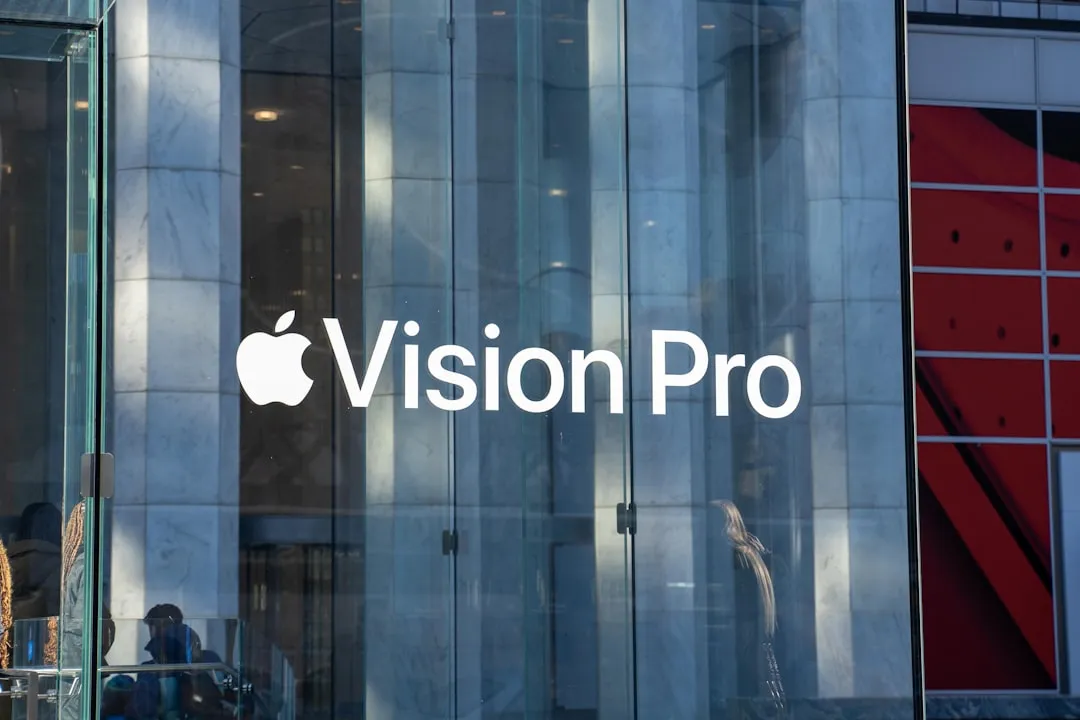
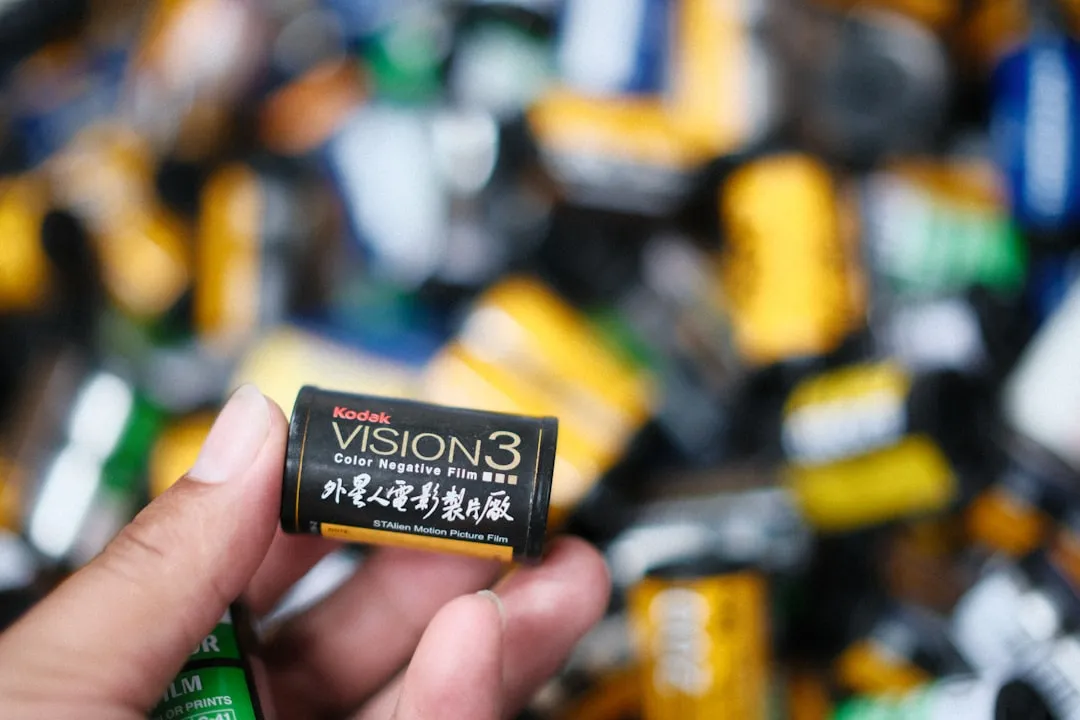
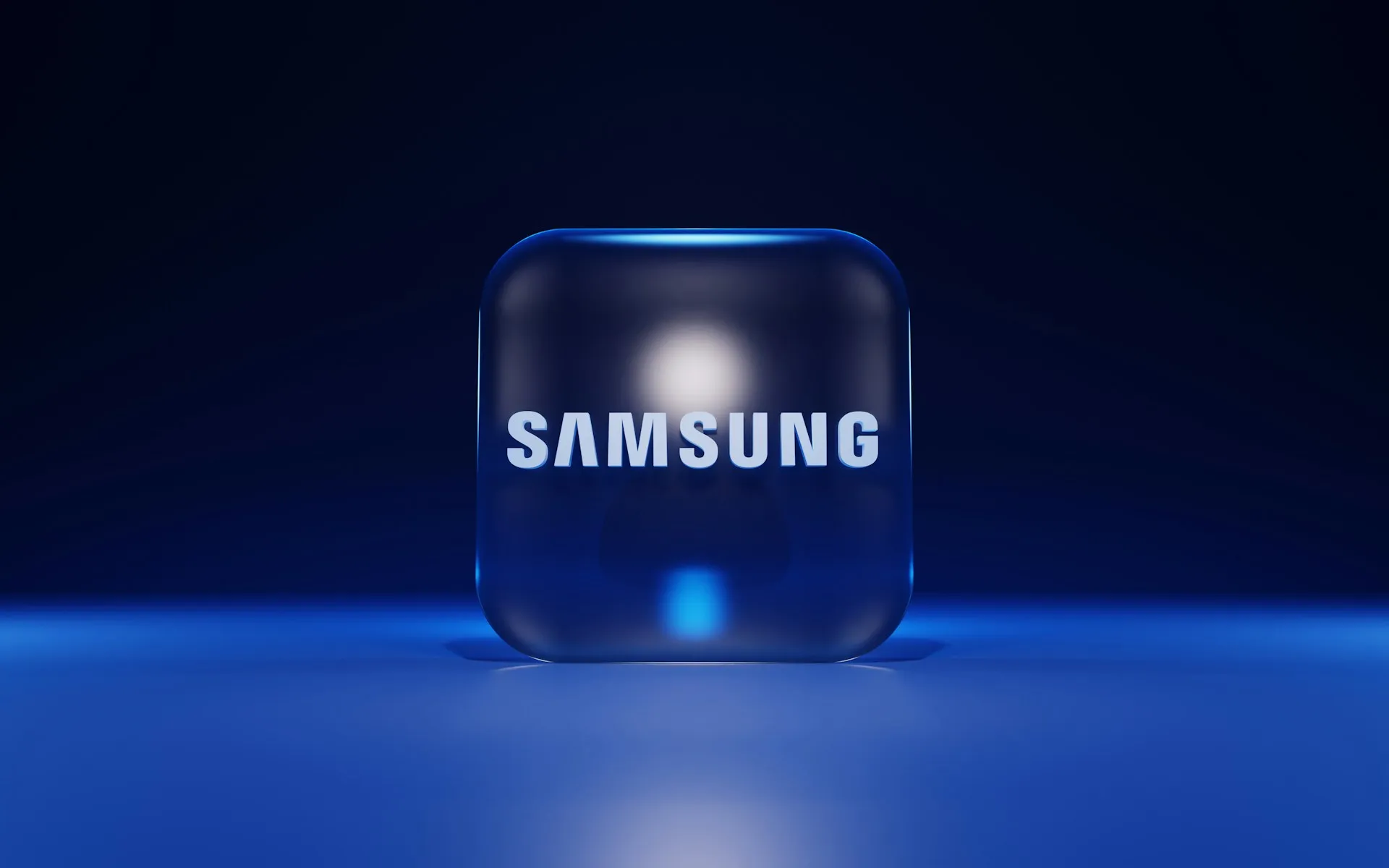

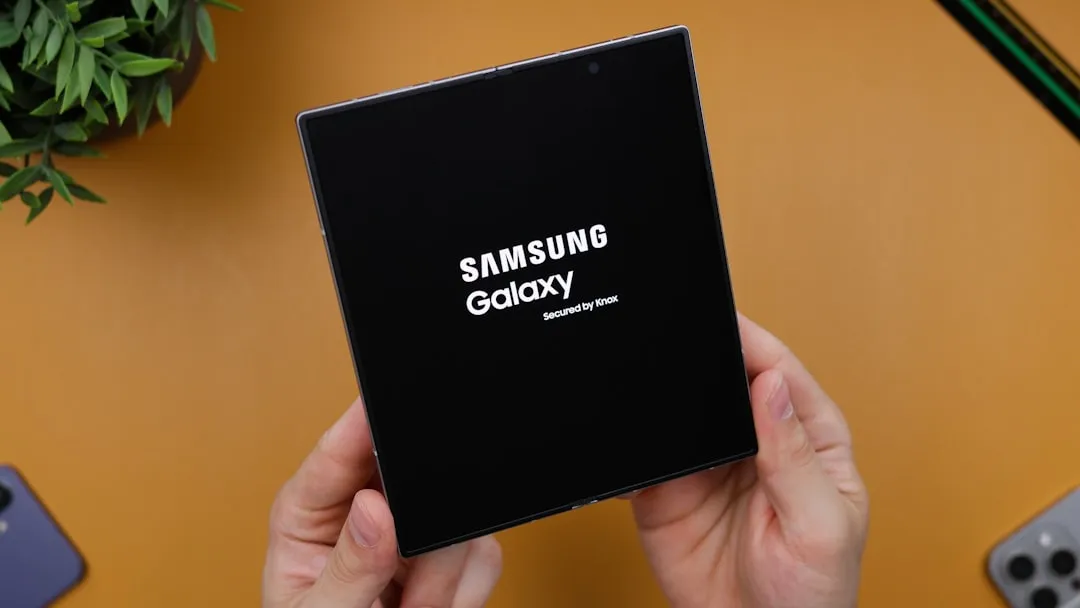

Comments
Be the first, drop a comment!